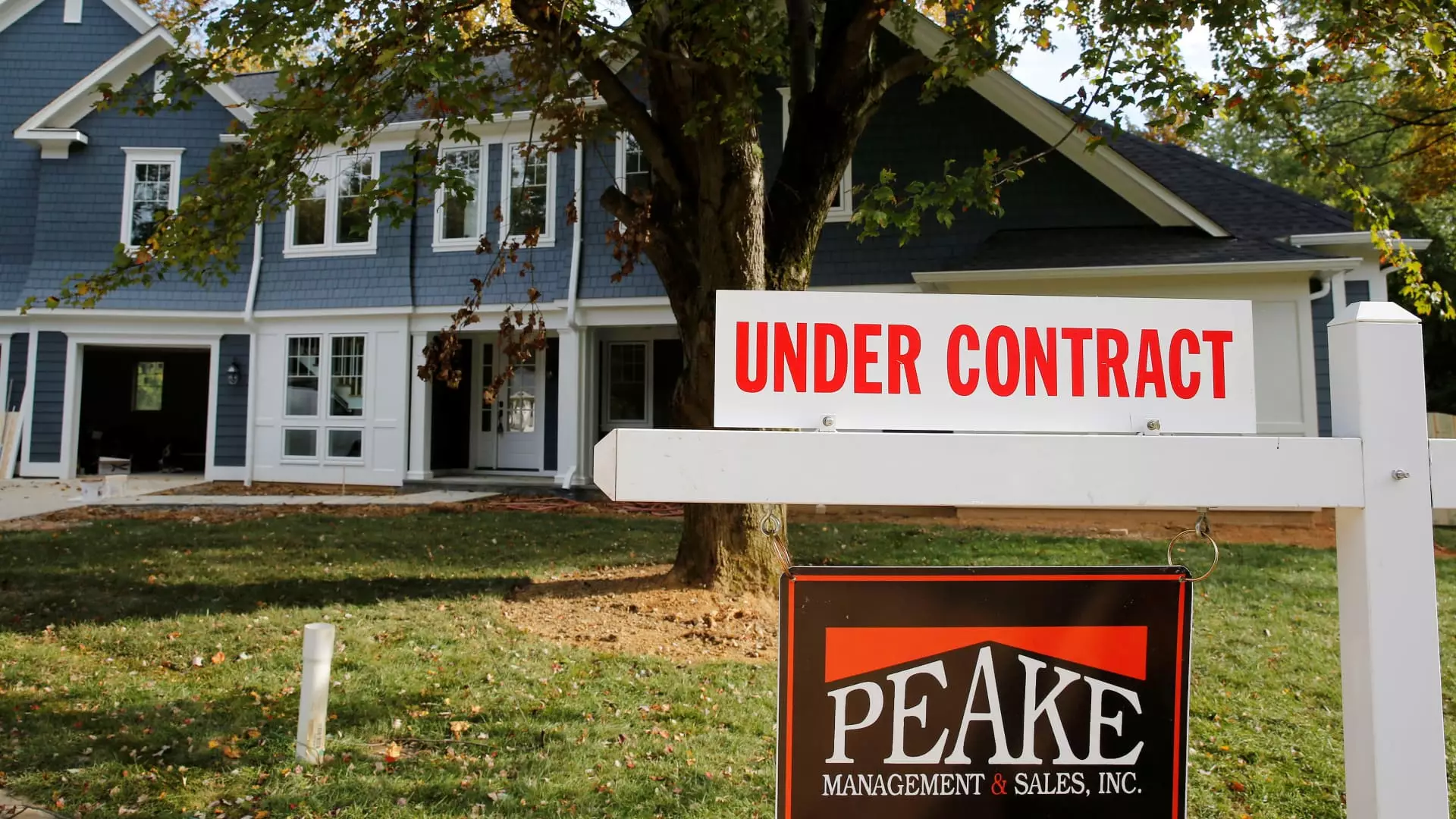In September, signed contracts to purchase existing homes experienced an astonishing boost of 7.4% compared to August, as reported by the National Association of Realtors. This surge was unexpected; analysts had anticipated a more modest increase of approximately 1%. The rise in pending sales not only marks the highest level observed since March but also reflects a 2.6% increase from the same month in the previous year. The significance of these pending sales lies in their function as a current barometer of buyer demand, based on the number of signed contracts during the month. This metric offers a fresh perspective on the fluctuations of buyer interest, particularly in the context of changing mortgage rates.
The average rate for a 30-year fixed mortgage witnessed a gradual decline throughout August, hitting a low of 6.11% on September 11, as indicated by Mortgage News Daily. This lower rate remained stable for the remainder of September before rising sharply above the 7% mark in October. The correlation between mortgage rates and buyer activity is particularly pronounced, as potential homebuyers remain sensitive to these financial indicators. Lawrence Yun, the chief economist for the Realtors, pointed out that the uplift in contract signings was a result of favorable conditions—specifically, lower mortgage rates coupled with increased inventory. This combination has created a more inviting market, ultimately prompting more buyers to enter the fray.
When examining regional disparities, pending home sales showed positive movement year-over-year in the Northeast and West, while the Midwest and South demonstrated more static conditions. The most significant increases were registered in the West, where elevated home prices mean that even minor reductions in mortgage rates translate to substantial affordability improvements. However, as mortgage rates have now escalated, the affordability landscape is becoming increasingly strained, casting doubts over the sustainability of the recent uptick in buyer interest.
According to the Mortgage Bankers Association, despite the challenges posed by rising mortgage rates, demand from homebuyers increased by 10% compared to the same week the previous year. Yet, it is noteworthy that these figures remain considerably low in historical terms, mirroring the trends in overall sales activity. Selma Hepp, the chief economist at CoreLogic, cautioned that with rates approaching 7%, the recent surge in pending sales may be ephemeral. The current rebound may not suffice to propel 2024 home sales beyond what has been achieved in 2023.
While the significant increase in pending home sales in September provides a glimmer of hope for the housing market, underlying economic factors, particularly fluctuating mortgage rates, continue to present challenges. The interplay between economic growth, inventory levels, and mortgage rates will be pivotal in determining future market stability and buyers’ long-term confidence. The situation necessitates a careful balance of optimism and caution as both buyers and sellers navigate this evolving landscape.

